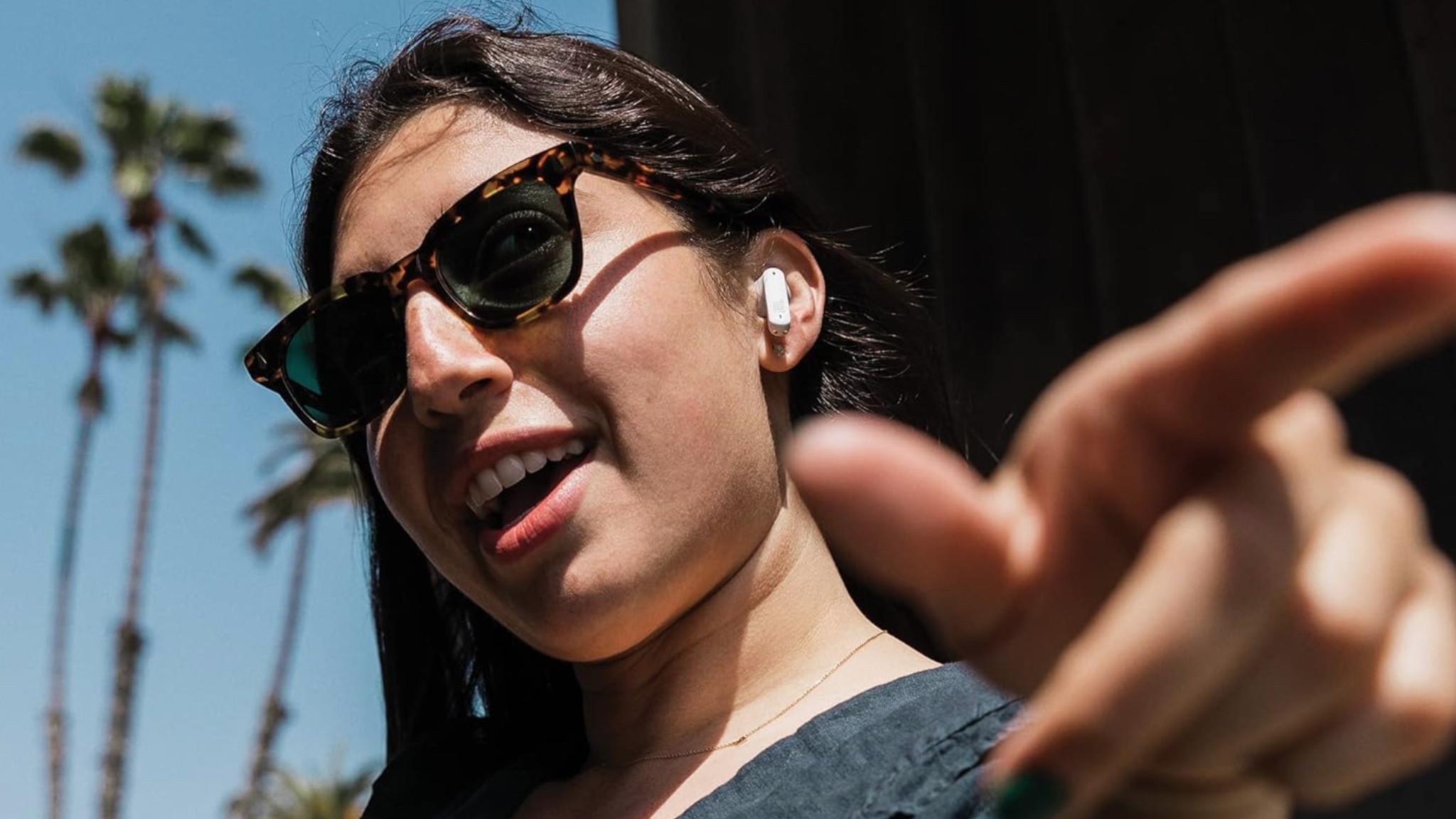Garmin Forerunner 970 and 570 revealed: Here's everything they added (and didn't add)
The Forerunner 970 and 570 offer plenty of new tricks, from an LED flashlight and step speed loss to a mic/ speaker and ECG readings.
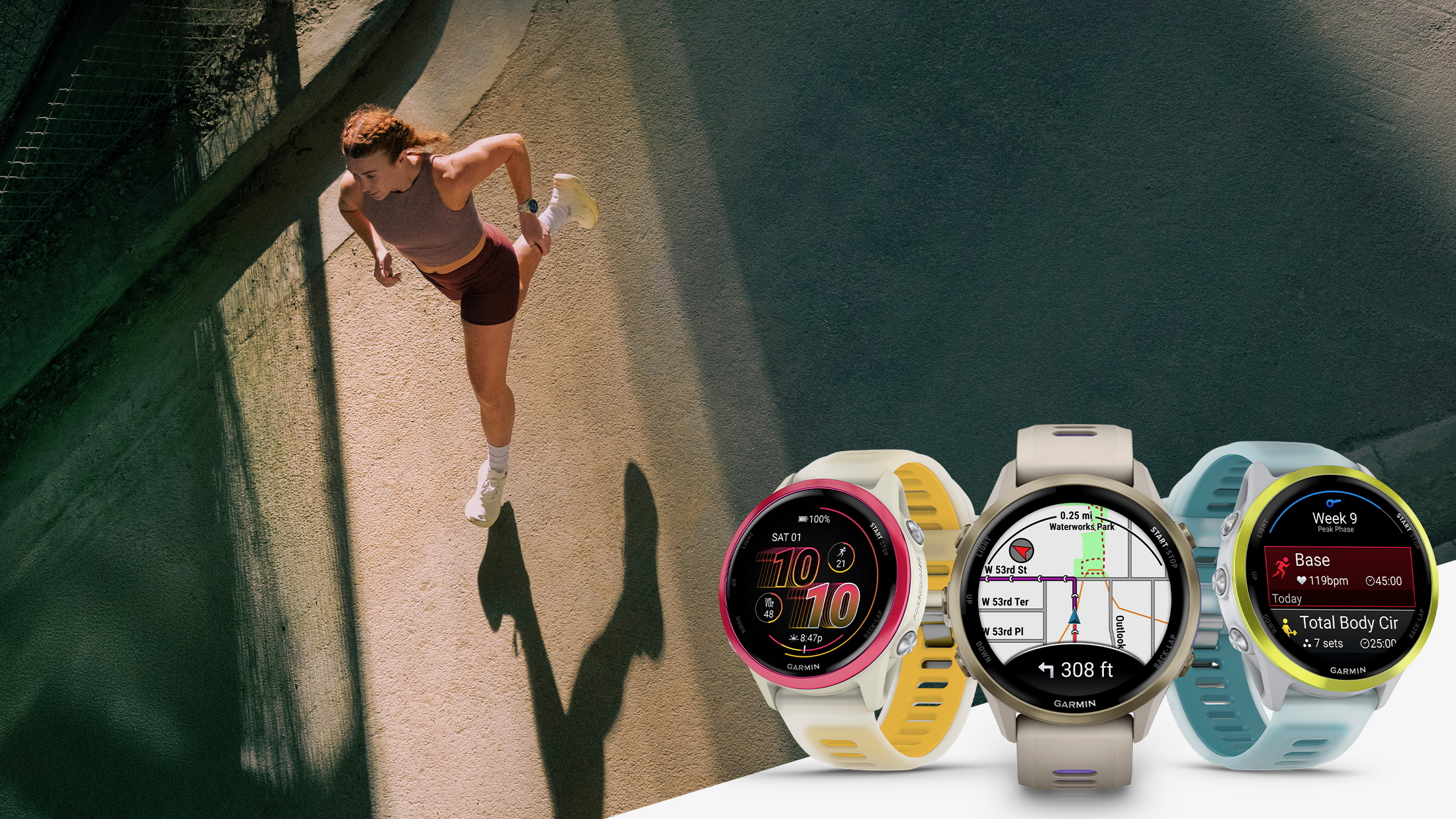
Everything you need to know
- The Garmin Forerunner 570 and 970 launched on May 15 for $549 and $749, respectively, a $100 and $150 increase over the 265 and 965.
- The Forerunner 570 adds a mic & speaker, skin temperature, triathlon training plans, a larger AMOLED display, and a new Evening Report.
- The Forerunner 970 adds a built-in LED flashlight, running tolerance, step speed loss, ECGs, and built-in mapping.
The Garmin Forerunner 970 and 570 have arrived with a bundle of new features, most notably new health sensors and a mic & speaker for Bluetooth calling and voice commands. But fair warning: they're also far pricier than the previous generation.
Successor to the Forerunner 265, the Forerunner 570 has a greater emphasis on triathletes with a new Garmin Coach option and custom multisport workouts built in the Connect app.
Unfortunately, this version still restricts key features to make the 970 more compelling, like offline maps, Hill/ Endurance scores, stamina, Strava Live Segments, and ClimbPro.
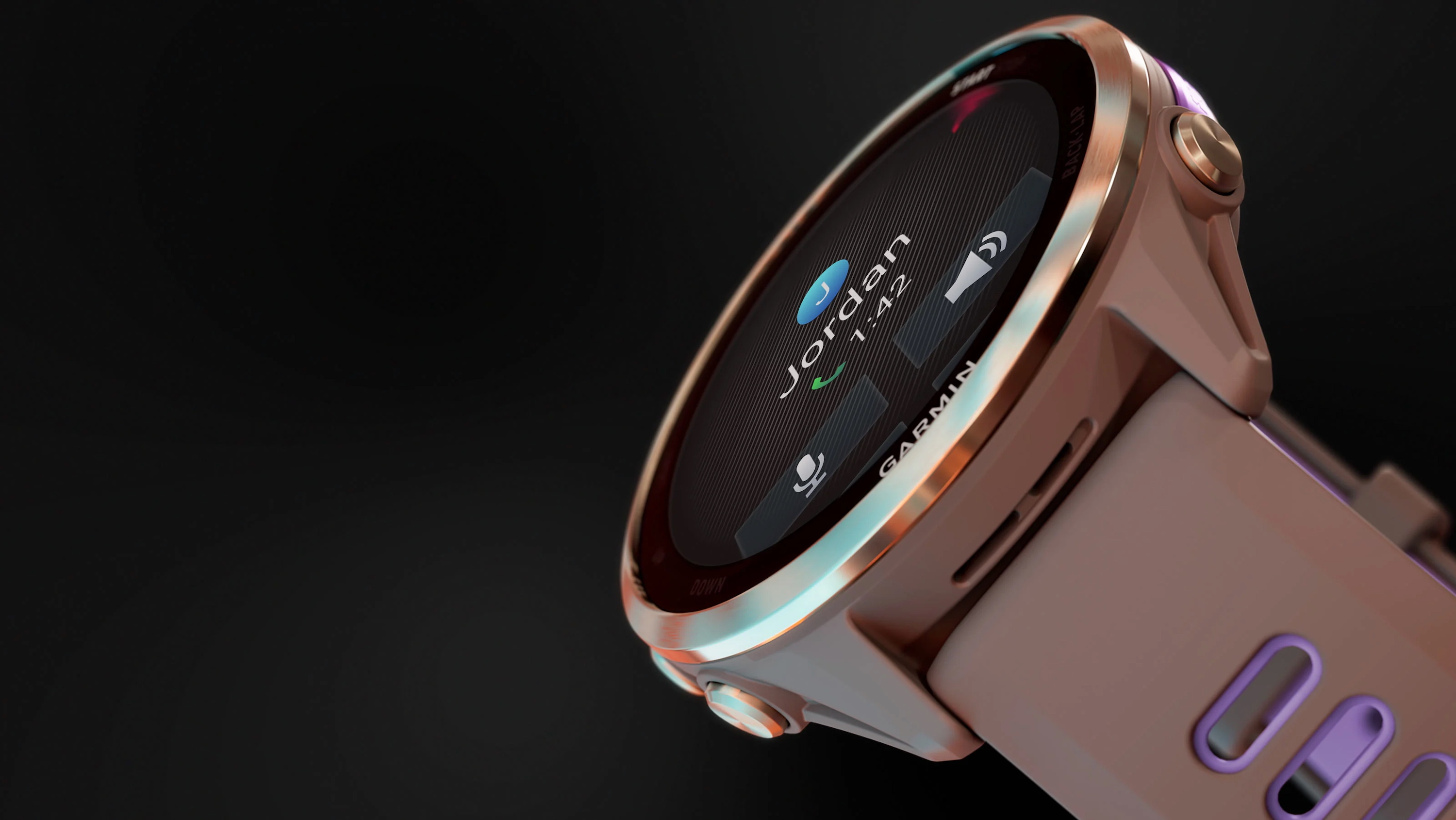
With the premium Forerunner 970, you get four extra days of battery life, sapphire crystal protection with a titanium bezel, ECG readings, and a few new premium running dynamics.
This model has jumped $150 in price compared to the excellent Forerunner 965, putting the 970 squarely into Fenix 8-lite territory. Garmin said during its recent earnings call that watch price increases were on the table, making this somewhat expected.
Neither new Forerunner watch offers any kind of Garmin Connect+ trial period.
Below, we'll break down every key change Garmin has highlighted in the Garmin Forerunner 970 and 570, as well as how they compare to their predecessors!
Get the latest news from Android Central, your trusted companion in the world of Android
Garmin Forerunner 570: Key changes and upgrades
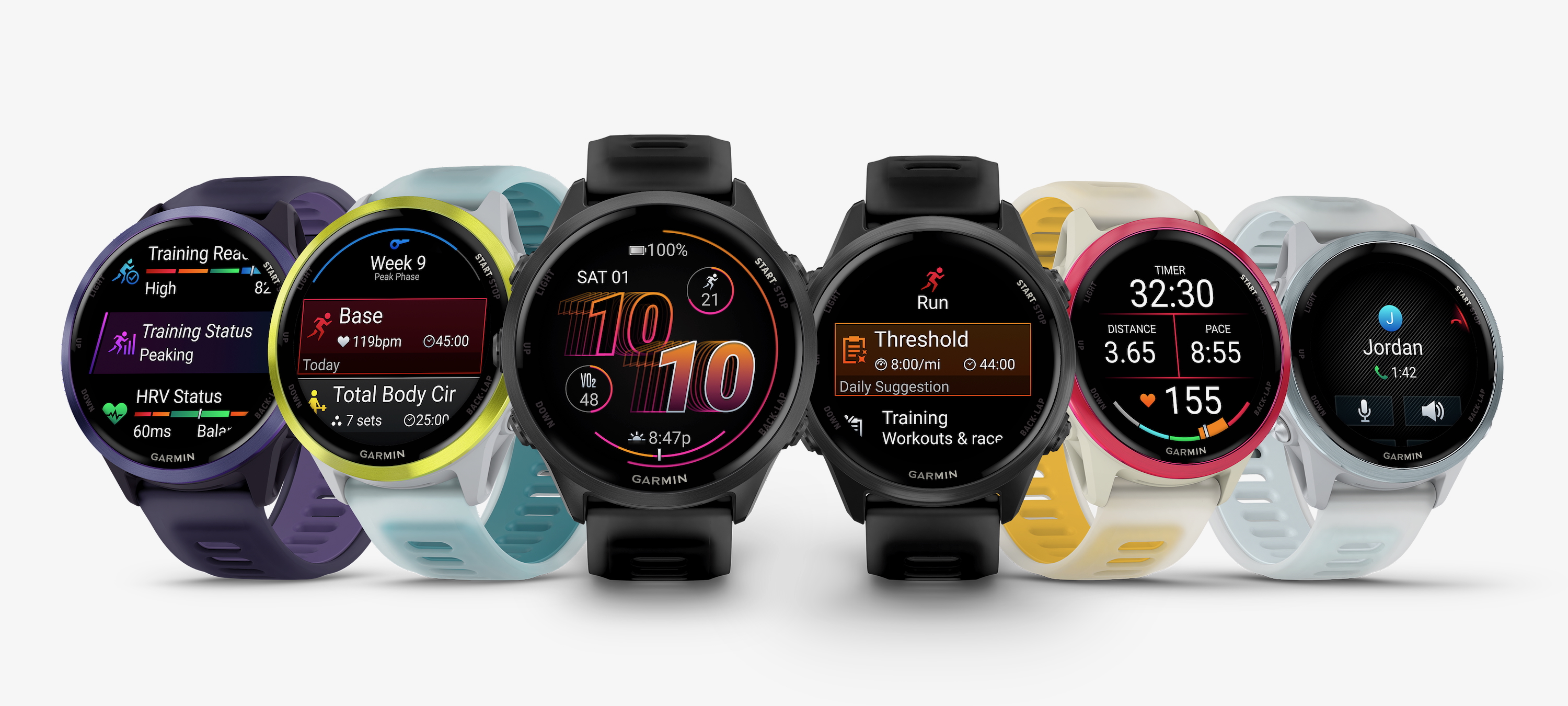
The Garmin Forerunner 570 adds an aluminum bezel, like the Vivoactive 6, making it slightly more distinct than the past polymer-only Forerunners. It comes in two sizes: 42mm (42g) with a 1.2-inch display and 47mm (50g) with a 1.4-inch display.
Both are 0.1-inch display upgrades over the Forerunner 265, which had a thicker display border. The Forerunner 570 is 3g heavier in both sizes, but still much lighter than most smartwatches.
Garmin also says it has the "brightest AMOLED display on any Garmin smartwatch." While they couldn't share specific nits of brightness, it is "twice as bright" as other AMOLED models, which is a significant jump and will help make them more visible and colorful in direct sunlight.
Perhaps because of the brighter display and mic/speaker combo, the Forerunner 570 battery falls slightly short of the 265 (11 vs. 13 days), while the multi-band GPS hours are unchanged (14 hours). The Forerunner 265S lasted 15 days or 15 hours, while the smaller 570 42mm only lasts 10 days and 13 hours.
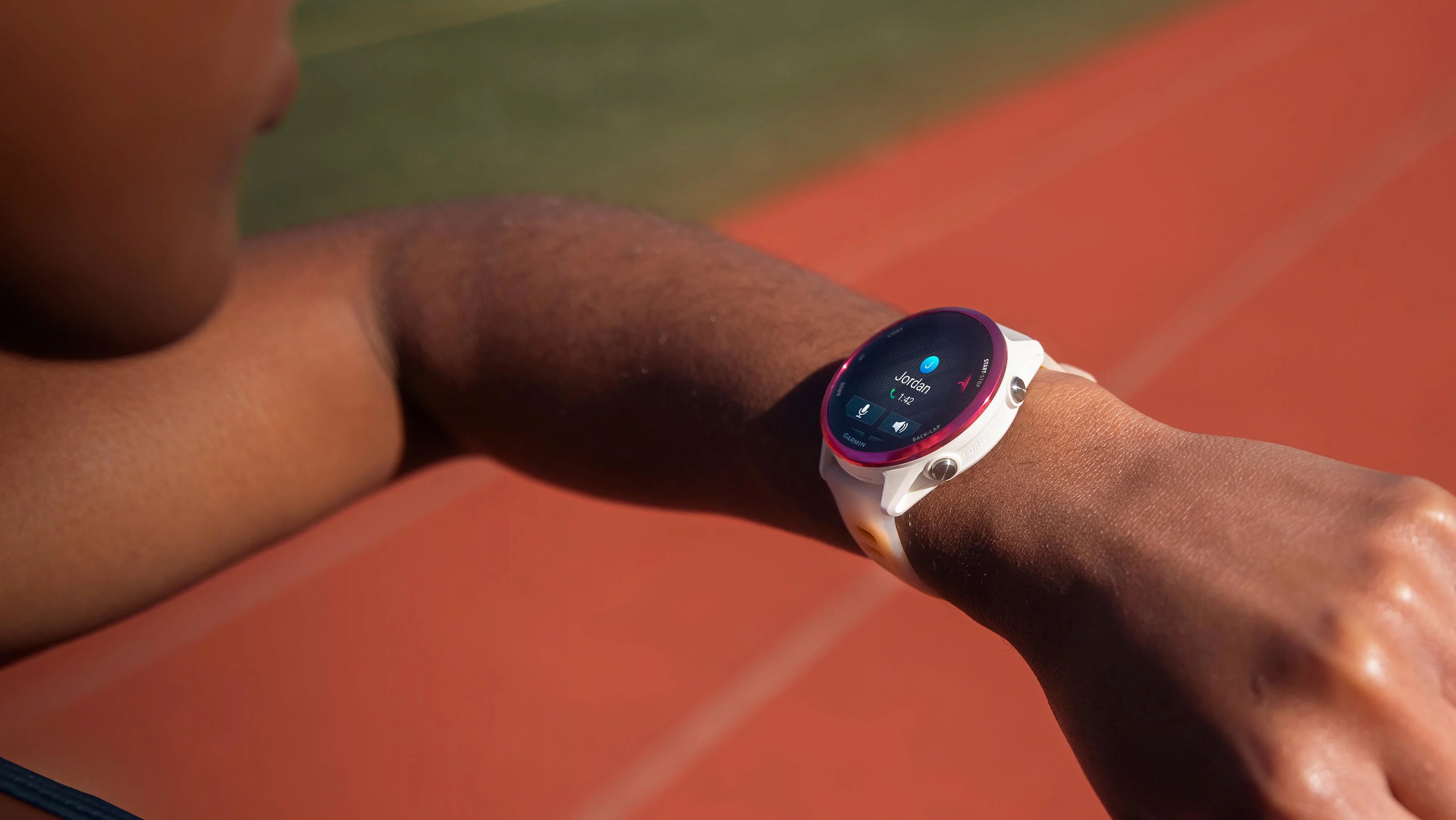
With the built-in mic and speaker, the Forerunner 570 will support Bluetooth calling, passthrough commands to your phone's Siri or Gemini, or on-watch commands. The Fenix 8 owner's manual lists out the kind of commands you can use, like starting a timer, changing music volume, or starting a workout.
You'll also get skin temperature changes in the Connect app, paired with your HRV score to help Garmin judge your sleep quality, recovery, and heat acclimation, while warning you of potential illness. You don't get ECG readings, however.
Garmin has confirmed that the Forerunner 570 and 970 both have the newest Elevate gen5 heart rate sensor, matching the Fenix 8 and Venu 3. Since other 2025 watches like the Instinct 3 and Vivoactive 6 stuck to last-gen sensors, this is a gratifying upgrade that'll keep serious runners happy.
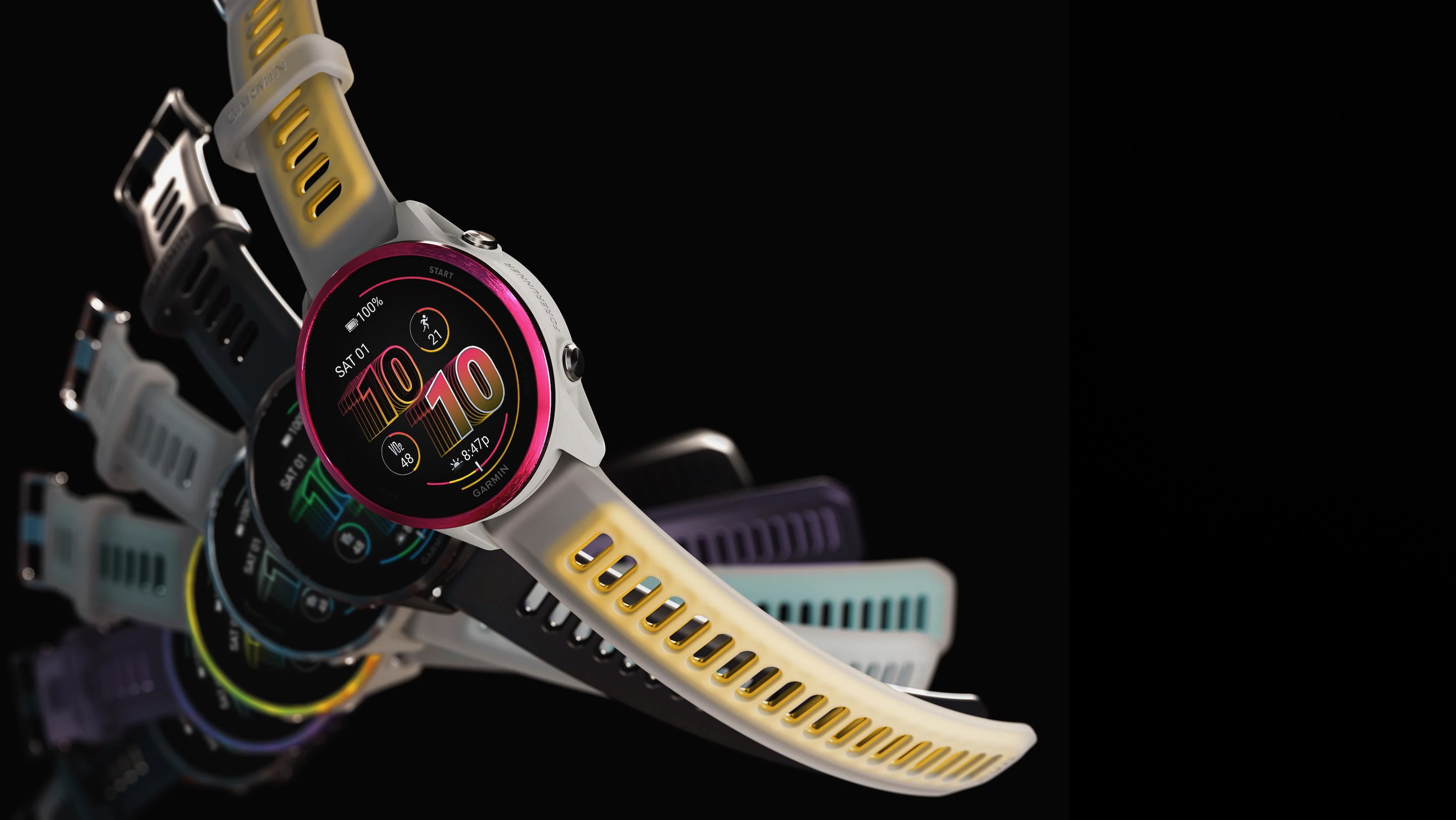
Otherwise, all of the new Forerunner 570 features relate to software, starting with Evening Report. A complement to Morning Report, this version will remind you how much sleep you need, show your upcoming alarm, and list out tomorrow's weather forecast, calendar events, and suggested workout.
Garmin Triathlon Coach joins the Run, Swim, and Strength Coach options. All these training plans auto-update based on your current performance and fatigue levels, but the newest Coach will include Swim workouts, Two-a-Days, Brick workouts, and optional Strength training.
If you're following a course, Garmin will trigger the auto-lap mile times when you cross the course markers, rather than when your GPS says you've run a mile. And if you forget to stop your workout at the finish line, Garmin will "suggest trimming data" to match the course. Basically, Garmin will reward people who download GPX data beforehand with common-sense edits.
Lastly, the Forerunner 570 adds a dozen or so golfing features like yardage to green and a digital scorecard, plus a few new sports modes like Duathlon, Obstacle Racing, Hunting, and Fishing. The 570 ships in Slate Grey, Indigo, Amp Yellow, Cloud Blue, and Raspberry, and is available to order on Garmin's site.
Garmin Forerunner 970: Key changes and upgrades
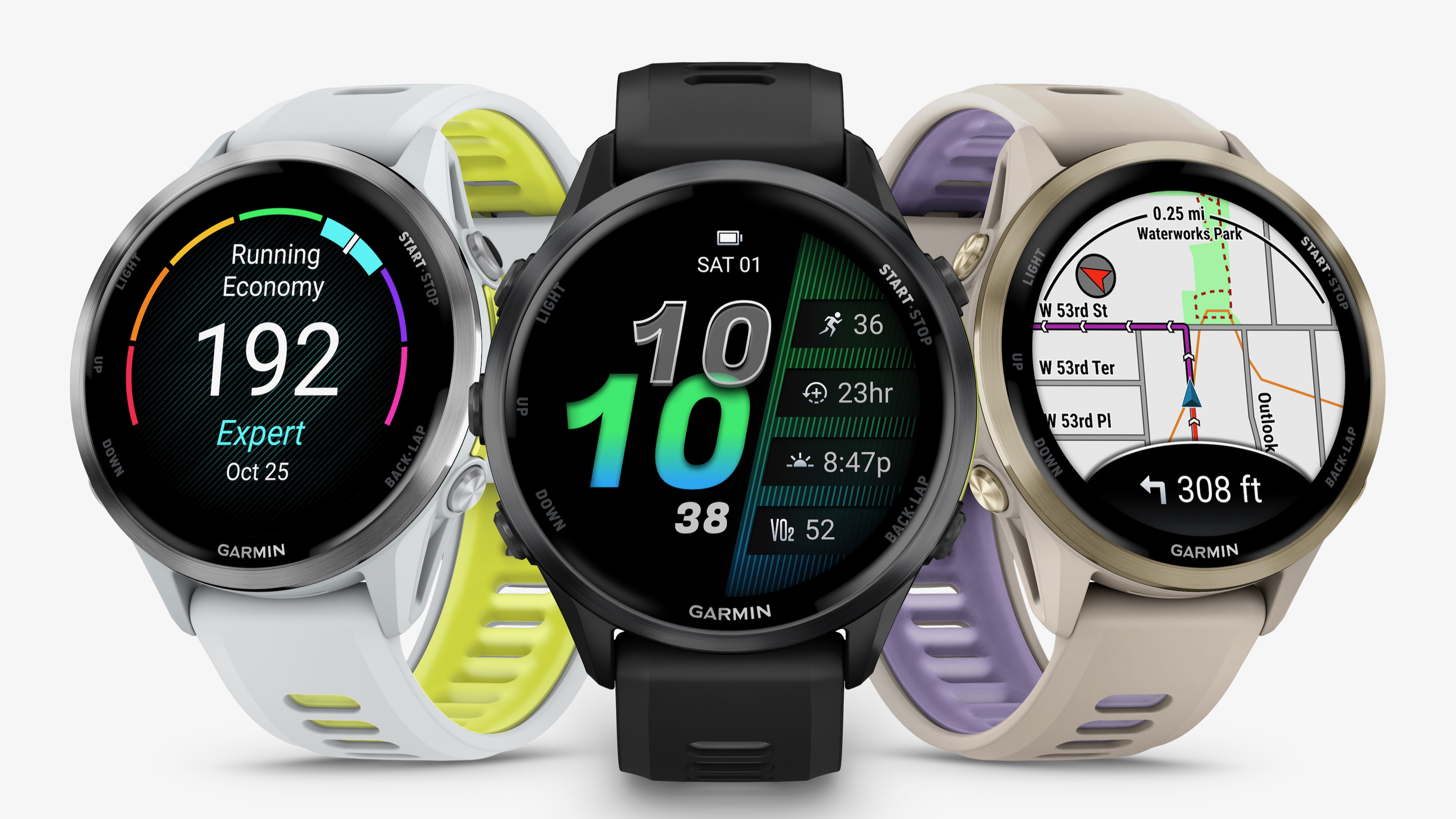
As mentioned above, the Garmin Forerunner 970 has a dozen or so price-locked software tools over the Forerunner 570, most notably preloaded road, trail, ski, and golf maps with 4X the storage. Just like with the Instinct 3, it's pretty disappointing that a $549 watch doesn't have offline maps, forcing you to spend $749 to get them!
The Forerunner 970 also has exclusive access to Strava and Garmin Live Segments, real-time stamina, Hill & Endurance Scores, Group LiveTrack, Trendline popularity routing, advanced cycling dynamics with grit and flow, and ClimbPro.
What's new compared to the Forerunner 965? The built-in LED flashlight, mic & speaker, sapphire crystal display protection, and support for the ECG app and skin temperature readings give the Forerunner 970 most of the $1,100 Fenix 8's headliner features, which is how you could convince yourself that $749 is actually a fair price.
I'd also hoped to see cellular support on the Forerunner 970, given the recent Fenix 8 LTE leak. Unfortunately, you'll still need your phone on hand for phone calls.
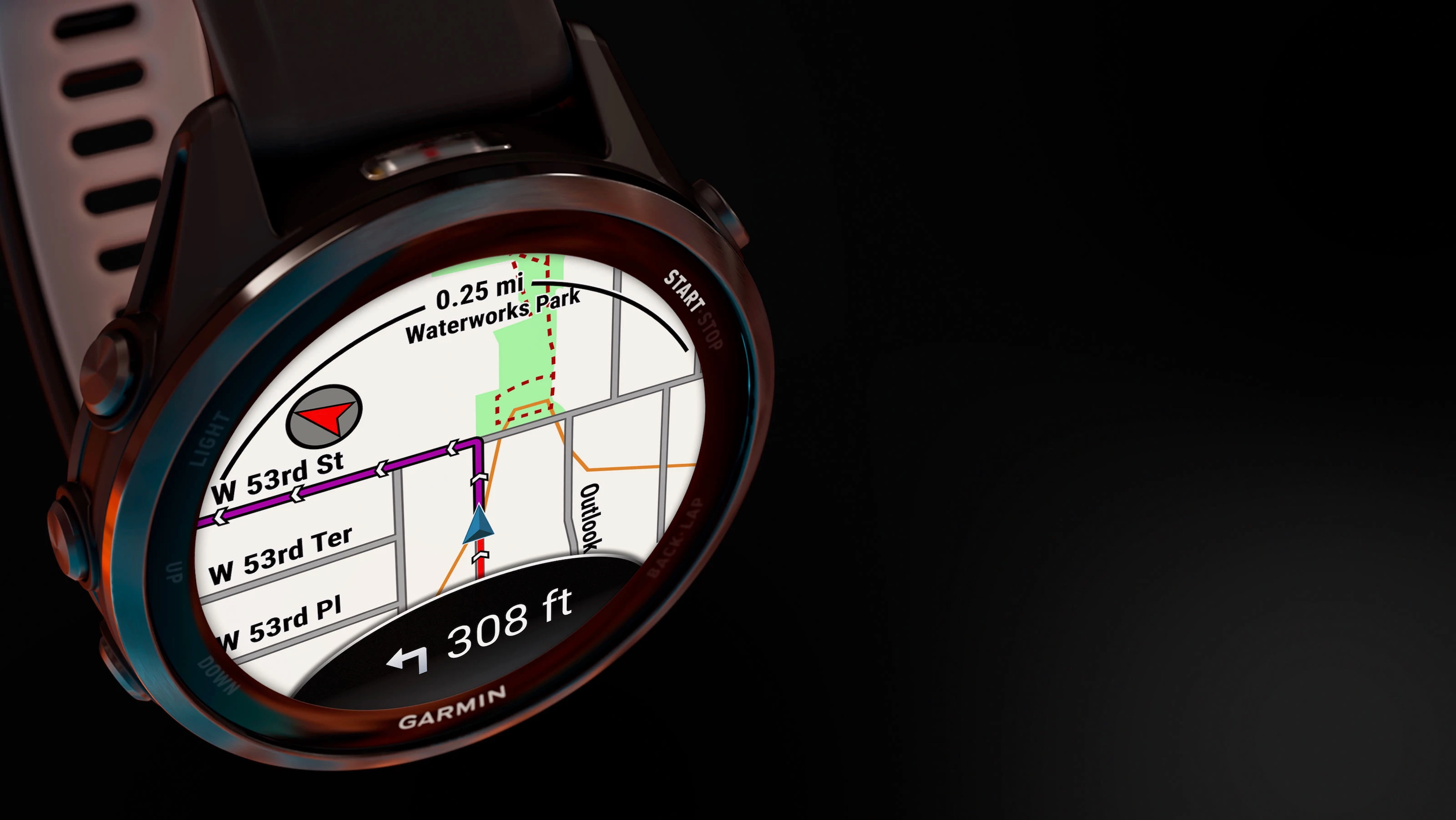
The Forerunner 970 lasts 15 days or 21 multi-band GPS hours, while the Forerunner 265 lasted 23 days but only 19 multi-band GPS hours. It's 3g heavier than the Forerunner 965, but also 0.3mm thinner. At 56g, it's significantly lighter than a Fenix 8 because only its bezel is titanium, not the entire body.
While you might resent losing a week of battery life, the Forerunner 970 has the same doubled brightness for enhanced visibility. And the addition of ECGs and skin temp readings, plus the gen5 optical heart rate sensors, will help the 970 deliver more accurate results than the already-reliable 965.
Otherwise, there are very few software differences between the 970 and 965, aside from new advanced running dynamics tools: Running tolerance, running economy, and step speed loss.
Running tolerance "better understands the impact each run has on the body," with a "recommended weekly maximum mileage" to warn you off of overtraining. Running economy focuses on your "overall energy efficiency," while step speed loss calculates "how much an athlete slows down when their foot hits the ground." But since the latter two require buying and wearing the new $169 HRM 600 chest strap, only running tolerance is built into the Forerunner 970.
The Forerunner 970 ships in Carbon Grey DLC, Titanium, and Soft Gold in one 47mm size and is available on Garmin's site. It ships on May 21.

Michael is Android Central's resident expert on wearables and fitness. Before joining Android Central, he freelanced for years at Techradar, Wareable, Windows Central, and Digital Trends. Channeling his love of running, he established himself as an expert on fitness watches, testing and reviewing models from Garmin, Fitbit, Samsung, Apple, COROS, Polar, Amazfit, Suunto, and more.
You must confirm your public display name before commenting
Please logout and then login again, you will then be prompted to enter your display name.
